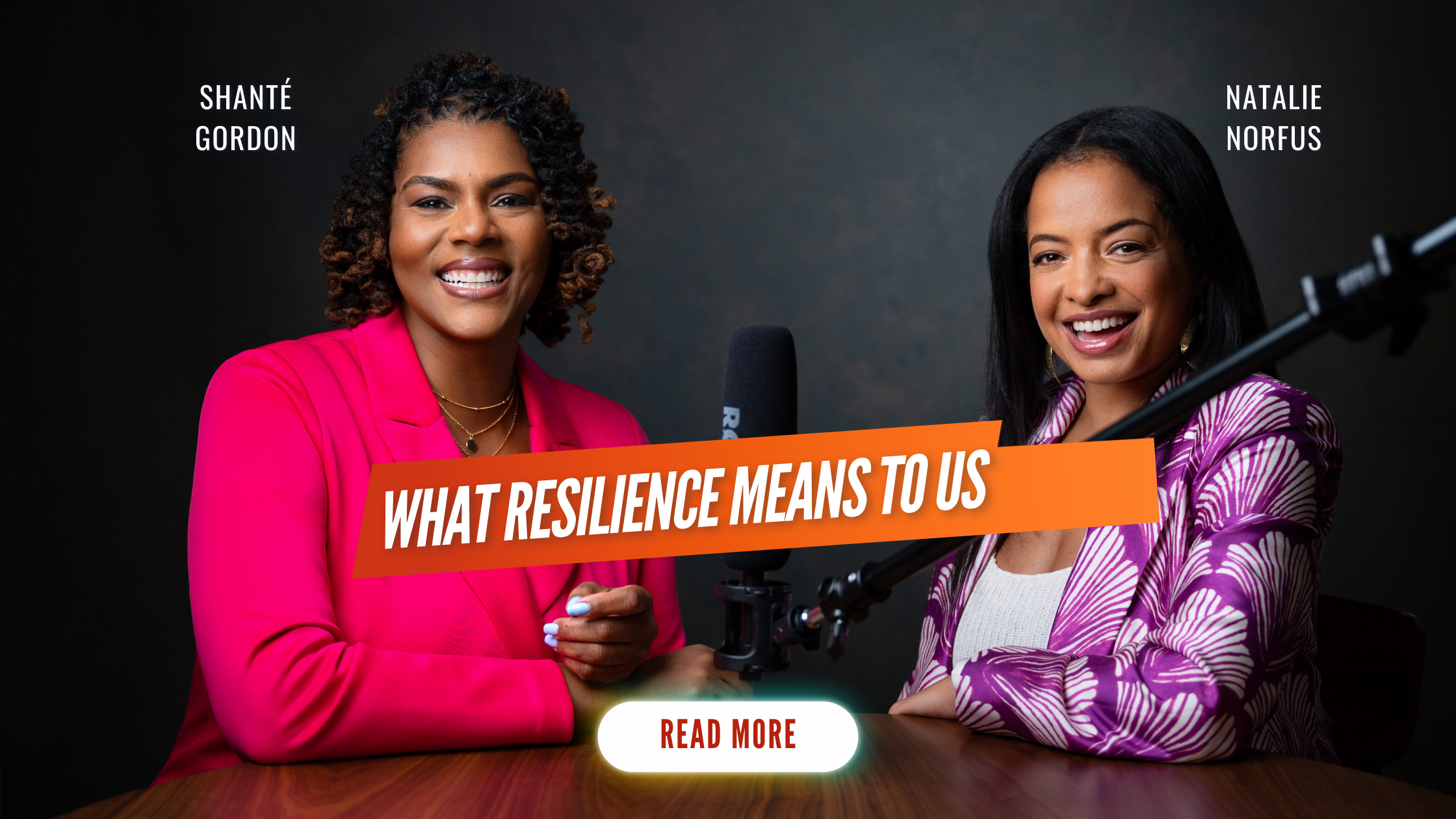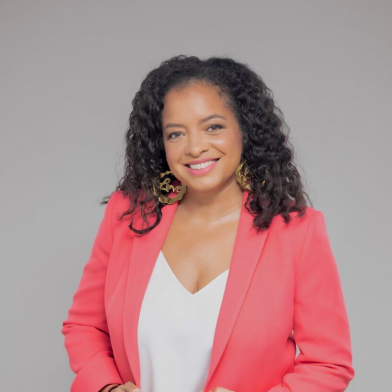What Resilience Means to Us

In this episode of “What’s the DEIL?”, hosts Natalie Norfus and Shanté Gordon tackle a question many organizations are wrestling with in 2025: Is it time to replace DEI language altogether? With backlash and legal challenges clouding the waters, some companies are swapping “DEI” for softer terms like “inclusion” or “culture,” hoping to maintain impact without controversy. Natalie and Shanté debate the risks of diluting intent, explore ways to maintain authenticity while adjusting messaging, and share how leaders can keep equity at the core—even when the buzzwords evolve.
The Evolving DEI Landscape in 2025
Natalie kicks off the conversation by highlighting the current climate. In 2025, anti-DEI sentiment has become more mainstream, fueled by legal restrictions, politicized narratives, and misinformation campaigns. Yet, paradoxically, business leaders still recognize that creating workplaces where all employees feel valued and can thrive is critical to organizational success.
Despite the external noise, the data is clear: companies that commit to diverse and equitable environments outperform peers in profitability, innovation, and retention. The challenge, according to Natalie and Shanté, is navigating how organizations frame this work without losing sight of its core purpose.
Words Matter—But So Does Intent
Shanté raises a compelling point: words like “inclusion” or “belonging” might be less triggering for certain audiences, but softening language alone won’t move the needle. Swapping terminology without maintaining commitment to equity and systemic change risks making DEI superficial. It’s a form of performative action—cosmetic updates that make leadership feel comfortable without addressing root issues.
Natalie emphasizes that this debate isn’t just about language—it’s about power dynamics and organizational values. “Are we changing the words to make ourselves more palatable to external critics,” she asks, “or are we finding better ways to drive sustainable change inside our organizations?”
The Risk of Diluting Equity
One of the most insightful parts of the conversation centers around equity. Natalie and Shanté argue that of all three pillars—diversity, equity, and inclusion—equity is the most frequently dropped or watered down.
Why? Because equity requires acknowledging and addressing systemic imbalances. It forces organizations to look at structural disparities in promotions, pay gaps, and access to opportunities. By contrast, “inclusion” often feels safer and easier to implement on the surface, focusing on interpersonal relationships and employee sentiment.
But as Natalie points out, if organizations back away from equity, they risk eroding trust. “Your employees know the difference,” she warns. “They can spot when you’re playing it safe versus when you’re willing to confront difficult truths.”
The Business Case Still Stands
Despite legal uncertainties and political noise, the business case for DEI hasn’t changed. Shanté reminds listeners of what studies from McKinsey, Gartner, and Deloitte have consistently shown: diverse companies outperform less diverse ones in everything from profitability to decision-making agility.
Natalie echoes this by stating that reducing DEI to a language debate misses the point. “Your competitors who stay the course will scoop up the top talent, build stronger customer relationships, and create more innovative solutions,” she says.
In short, while the public conversation around DEI might feel more fraught, the need for inclusive, equitable business practices has never been clearer.
Adjusting the Message, Not the Mission
So where does that leave us? Natalie and Shanté agree that leaders may need to adjust how they communicate about DEI, especially in sensitive industries or regions. However, the mission—creating equitable, inclusive spaces for all employees—must remain intact.
One suggestion? Instead of erasing DEI, reframe it in ways that make sense to your organization. For example:
- Tie inclusion directly to innovation and business resilience.
- Connect equity initiatives to talent retention and employee satisfaction.
- Share data-driven results that illustrate how inclusive leadership drives bottom-line success.
The key, as Shanté notes, is ensuring that shifting your narrative doesn’t mean abandoning accountability.
The Role of Leaders in 2025
As they wrap up the episode, Natalie and Shanté urge leaders to take ownership. In this complex environment, it’s not enough to tweak job titles or scrub “DEI” from your website. Leaders must model inclusive behaviors, create psychological safety, and embed equity into decision-making.
“You can’t just replace DEI with another buzzword and expect progress,” Natalie says. “You have to commit to doing the work, whether you call it DEI, inclusive leadership, or something else entirely.”
Key Takeaways:
- DEI isn’t dead, but the language may be evolving. Some organizations are shifting how they talk about inclusion and equity—but the underlying work must continue.
- Don’t abandon equity. Dropping the “E” for softer, less controversial terms can undermine trust and dilute impact.
- The business case is still rock solid. Inclusive, diverse, and equitable companies outperform their peers.
- Shift the strategy, not the purpose. Reframing language is okay if the intent and actions remain bold, authentic, and data-driven.
The Bottom Line
This episode challenges leaders to get real about their motivations. Are you avoiding tough conversations by changing the language—or are you seeking new ways to engage your people and drive results? Natalie and Shanté make it clear: DEI may be rebranded in some places, but the need for justice, equity, and inclusion in the workplace is as urgent as ever.
Connect With Us
If you found this discussion compelling, we invite you to connect with us further. Here are some ways to stay in touch:
- Follow Natalie Norfus on LinkedIn
- Follow Shanté Gordon on LinkedIn
- Book a consultation with The Norfus Firm
- Follow What’s the DEIL on Instagram and TikTok
